Nature never ceases to amaze humanity; there are things that, if not witnessed firsthand, we could never begin to imagine. Below are some species of orchids that resemble various animals in fascinating ways…
01. Monkey Face Orchid (Dracula simia)

The Monkey Face Orchid, scientifically named Dracula simia, grows on mountain slopes at altitudes of 1,000 to 2,000 meters in the dense, dark forests of southeastern Ecuador and Peru. The term “simia” translates to “monkey face,” while “Dracula” refers to the two flower petals that resemble the fangs of a vampire.
Interestingly, when in full bloom, these flowers emit a delightful fragrance reminiscent of ripe oranges.
02. Bee Orchid (Ophrys apifera)
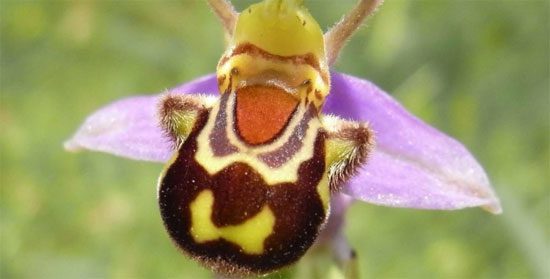
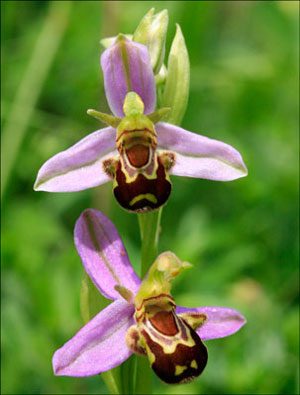
Each Bee Orchid appears remarkably like a female bee resting on a pink petal, designed to attract male bees. This “deception” process aids in pollination for the plant. This species is commonly found scattered across England, Ireland, and Wales.
03. Bird Head Orchid (Phalaenopsis sp.)
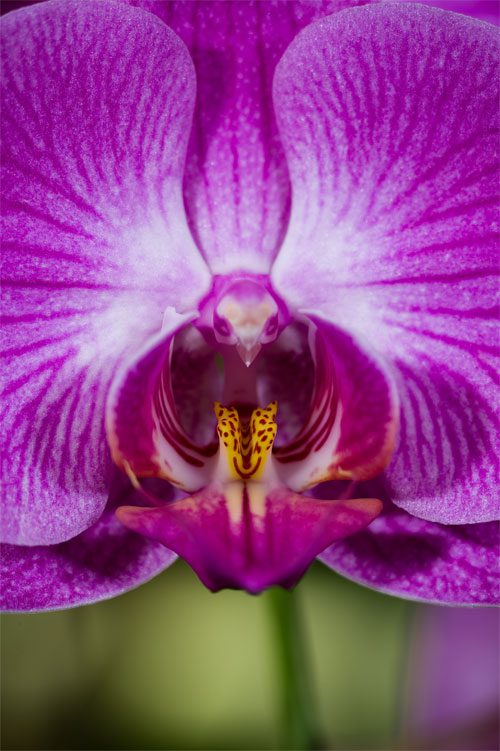
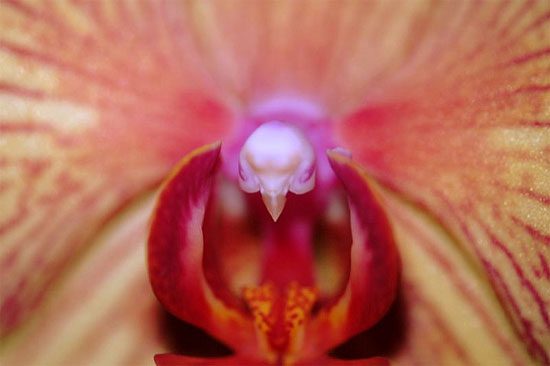
Known also as the Pink Butterfly Orchid, this flower looks as if it has a bird’s head guarding its nectar. The shape of the flower resembles a young bird that has fallen into the bloom and is trapped there.
04. White Egret Orchid (Habenaria radiata)

White Egret Orchid

White Twayblade
This species is native to China, Japan, South Korea, and Russia. Although it resembles a white egret in flight, the White Egret Orchid is often confused with another species known as the “White Twayblade” (Platanthera praeclara), which is a rare orchid found in North America.
05. Dove Orchid (Peristeria elata)

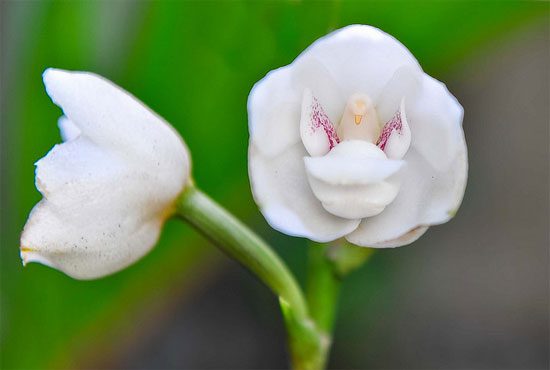
The Dove Orchid is the national flower of the Republic of Panama. Similar to the previously mentioned Bird Head Orchid, this flower hides the shape of a dove inside it. The Dove Orchid is found from Central America to Ecuador and Venezuela and is currently on the brink of extinction.
06. Flying Duck Orchid (Caleana major)


Flying Duck Orchid is a unique and beautiful flower, regarded as one of nature’s most ‘impressionist artists.’
This small orchid species grows to about 50 cm and is commonly found in eastern and southern Australia. Nature has shaped it to appear exactly like a male duck in flight. The flowers are reddish-brown, measure 15-20 mm in length, and bloom from September to February.
The lifespan of the plant is 1 to 2 years, with each plant flowering only once or twice before gradually weakening and completing its life cycle.
In the wild, the orchid seeds germinate, and these seedlings elongate and grow strong enough to produce their first leaves. As they mature, these seedlings can generate their own ‘food’ and no longer depend on mycorrhizal fungi.
The Flying Duck Orchid is a rare flower, as its habitat has been destroyed and the number of pollinator animals has declined. Consequently, this flower has been listed among the plants that need protection.



















































